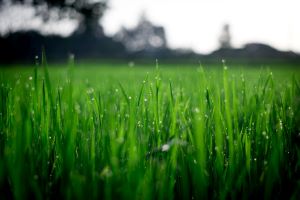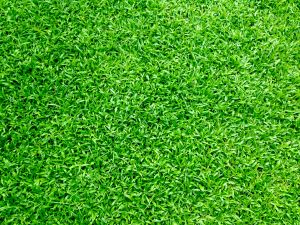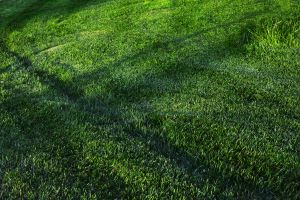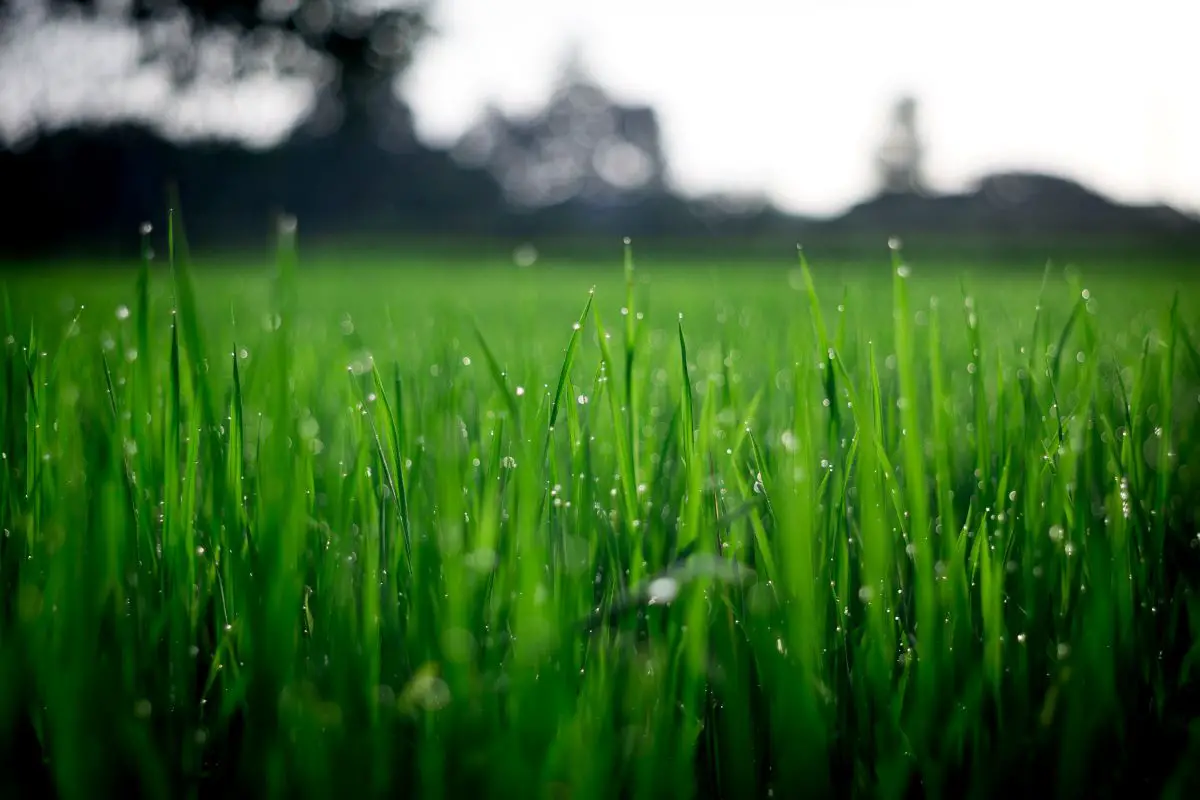Artificial vs natural lawns—two different entities with their unique sets of pros and cons. Both have their distinct allure, with artificial lawns boasting evergreen charm and natural lawns radiating an organic beauty. Their appearances, rich in variety and resilience, provide distinct vibes to our homes. However, there’s more to them than what meets the eye. Their maintenance, durability, cost, and environmental impact play significant roles in our choice between them. How much watering, mowing, fertilizing each type requires, and how they withstand the test of time, appliances, and energetic pets, form the founding stones of our preferences. And then, there’s the cost – both of initial installation and the lifetime maintenance. Balancing this, let’s not forget our obligation towards Mother Earth. The water consumed, equipment used and the impact on surrounding wildlife and ecosystems all must be considered when making our choice. Let’s check out this guide on artificial vs natural lawns.
Comparing the Cosmetics of Artificial and Natural Lawns
A Grassroots Analysis: Artificial vs. Natural Lawns
Calling all lawn enthusiasts! Let’s dive into a debate that has had followers of turf wars divided for years: Artificial vs. Natural lawns. The visual and textural comparison of these two landscaping stars is an ongoing discussion amongst fans, like us, who love to dabble with beautiful patches of green. Never has a hobby been so delightfully enthralling, and so subtly competitive.
Visually, there’s an undeniable allure that both contenders carry. Natural lawns possess a charm that captures our hearts every spring when the first fresh blades poke through the thawed soil. The varying hues, depending on the type of grass being grown, paint a unique, lively picture – ranging from luscious emerald greens to cool, calming sea greens. The slight imperfections of a natural lawn, be it uneven growth or signs of seasonal changes, add to their individual appeal, presenting an authentic, quintessentially pastoral visual spectacle.
Artificial lawns, conversely, offer consistent visual perfection. They stay green and pristine year-round. There’s something to be said about the neat, orderly appearance of an artificial turf – it’s like a well-tailored suit. Modern advancements mean that artificial turf now closely mimics the look of natural grass in terms of color and blade design making them a visually appealing alternative for those seeking maintenance-free lawns.
The next aspect to consider – perhaps the most tactile one – is texture. With natural grass, there’s an unmistakable springy feeling underfoot and a nostalgic earthy scent that simply can’t be replicated. The unique texture of natural lawns, cool to the touch and slightly rough under bare feet, has a certain sensory appeal. Each blade of grass is distinct, providing a sensory parade for the fingertips and a satisfying crunch underfoot in drier months.

In the other corner, we have artificial lawns. Their texture is undeniably less variable, offering a standardized feel throughout. However, this doesn’t mean that it fails in mirroring the textural traits of natural grass. Modern turf manufacturers have gone to great lengths to simulate the feel of natural grass. Though artificial lawns lack the cool, dew-laden freshness of real grass in the morning, they possess a smooth, even texture that can be appealing to people seeking consistency and also prove to be gentle on bare feet.
Both options clearly have their merits and their faithful followers. Some might yearn for the authenticity and idiosyncrasies of a natural lawn, while others prefer the immaculate, maintenance-free ease of artificial turf. Even with the progress in synthetic turf technology, the ultimate choice comes down to personal preference and lifestyle.
In this evergreen debate, all one can truly say is—thank goodness for the luxury of choice! Keep exploring, keep experimenting, and most importantly, keep enjoying your journey in the mesmerizing world of lawns. Let’s continue to dig deeper into our shared hobby, growing together, one blade at a time!
Maintenance and Durability of Artificial vs Natural lawns
Weighing in on the Durability and Maintenance of Natural and Artificial Lawns
Now that we’ve explored the aesthetic appeal and general pros and cons of both natural and artificial turfs, it’s time to dive deep into the aspects of durability and maintenance. Both bemusing features for lawn enthusiasts, these vital elements often become the ultimate influential factors that sway one’s choice between these two types of lawns.
Starting with natural lawns, the charm imbued in the verdant freshness is indisputable. However, they do command a commitment that goes beyond mere admiration. A natural lawn demands regular mowing, watering, fertilizing, and aerating to keep it looking “naturally” beautiful. Additionally, seasonal care during spring and autumn, the fight against weeds, pests, and the occasional fungal infection, all form part of the regular upkeep that can’t be shirked.

However, the durability of a well-maintained natural lawn, especially when it comes to withstanding foot traffic, is commendable. The self-healing nature allows it to quickly recover from wear and tear, assuming sufficient nutrients and water are provided.
Now, unto the artificial turf. The most glowing characteristic of these is the little amount of maintenance required. The absence of nurturing tasks such as mowing, watering, or struggling with the use of chemicals for pests and weeds, makes it quite an enticing alternative for those leading hectic lifestyles. That said, it isn’t completely maintenance-free. Occasional rinsing to wash away dust or pet waste, brushing the fibers to keep them upright, and topping up infill are still tasks that would need your attention.
As for durability, artificial turfs stand out in their ability to retain their bright-green look year-round, trumping weather changes. Besides, they can resist damage better due to their high fiber density and withstand a high degree of foot traffic. However, it should be noted that once worn out or damaged it needs a complete replacement, unlike a natural turf which can heal over time.
Stirring it all together, both natural and artificial lawns have their fair share of maintenance and durability factors. From the see-saw of constant care and rejuvenating capacity of natural lawns to the low-maintenance but non-regenerative facet of artificial lawns, it truly finds its winner based on the individual’s schedule, level of engagement, and personal preference for the lawn’s function. Known now for more than just grace and beauty, these green spaces surely hold more depth than perceived at first glance.

Cost and Environmental Impact
Now, let’s dive into the grittier details – cost and environmental implications. Both of these factors matter greatly to lawn lovers, not just for the sake of budget planning, but also their impact on our precious environment.
When examining costs, you’ll find that each type of lawn brings its own set of expenses. Starting with the cost of installation, artificial turf can be a significant initial investment. Depending on the quality and type, the price can range between $5 to $20 per square foot. Add to that the cost of an infill, which must be replaced occasionally (every 5 to 7 years) to maintain the lawn’s bounce and resilience, and the drain layer, which is a one-time investment.
On the other hand, natural lawns have a lesser upfront cost. The cost to lay sod typically ranges from $0.30 to $0.80 per square foot. However, the true cost lies in the recurrent expenses of maintaining it. Regular watering, mowing, fertilizing, and pest control are crucial to preserving a natural lawn’s beauty. Depending on the region where you live, watering alone could skyrocket your utility bill, especially during the drier months.
Switching gears to environmental impact, both types have their positives and negatives. Artificial turf, for instance, significantly reduces water usage, which can be a boon to drier regions. However, the production of synthetic grass is carbon-intensive and uses non-renewable resources. Considering that an artificial lawn lasts about 8 to 15 years, there’s also the question of disposal, as most types are not biodegradable.
Natural lawns, while requiring lots of water, offer an array of environmental benefits. They act as carbon sinks, trapping C02 and other gasses, and release oxygen, which can help combat urban heat, making the area cooler. But they can also contribute to water pollution through fertilizer runoff, and excessive watering can strain local water supplies.
So there you have it – quite a bit to mull over. It all boils down to balancing personal needs, cost implications, and environmental considerations. Turf hobbyists are always on the hunt for better, sustainable, and cost-effective solutions to their lawn adventures. There’s no one-size-fits-all answer, rather it’s about playing your part in making an informed choice for a greener tomorrow.
To make an informed decision on what kind of lawn will adorn our homes, we must delve into the granular details and weigh the various factors. Cosmetics do matter, but so does the longevity of our choice, and the maintenance it’s bound to demand over time. The cost isn’t just a one-time ordeal either—it’s something that accumulates over time with upkeep expenses. Furthermore, the choice between artificial and natural lawns extends beyond our pocketbook, having considerable implications for wildlife, ecosystems, and our planet. Our decision, then, isn’t just about personal preference or cost-effectiveness—it’s also, in part, about our environmental responsibility. Artificial or natural, the answer is complex and varied, much like the lawns themselves, demanding a holistic view and a comprehensive understanding.

